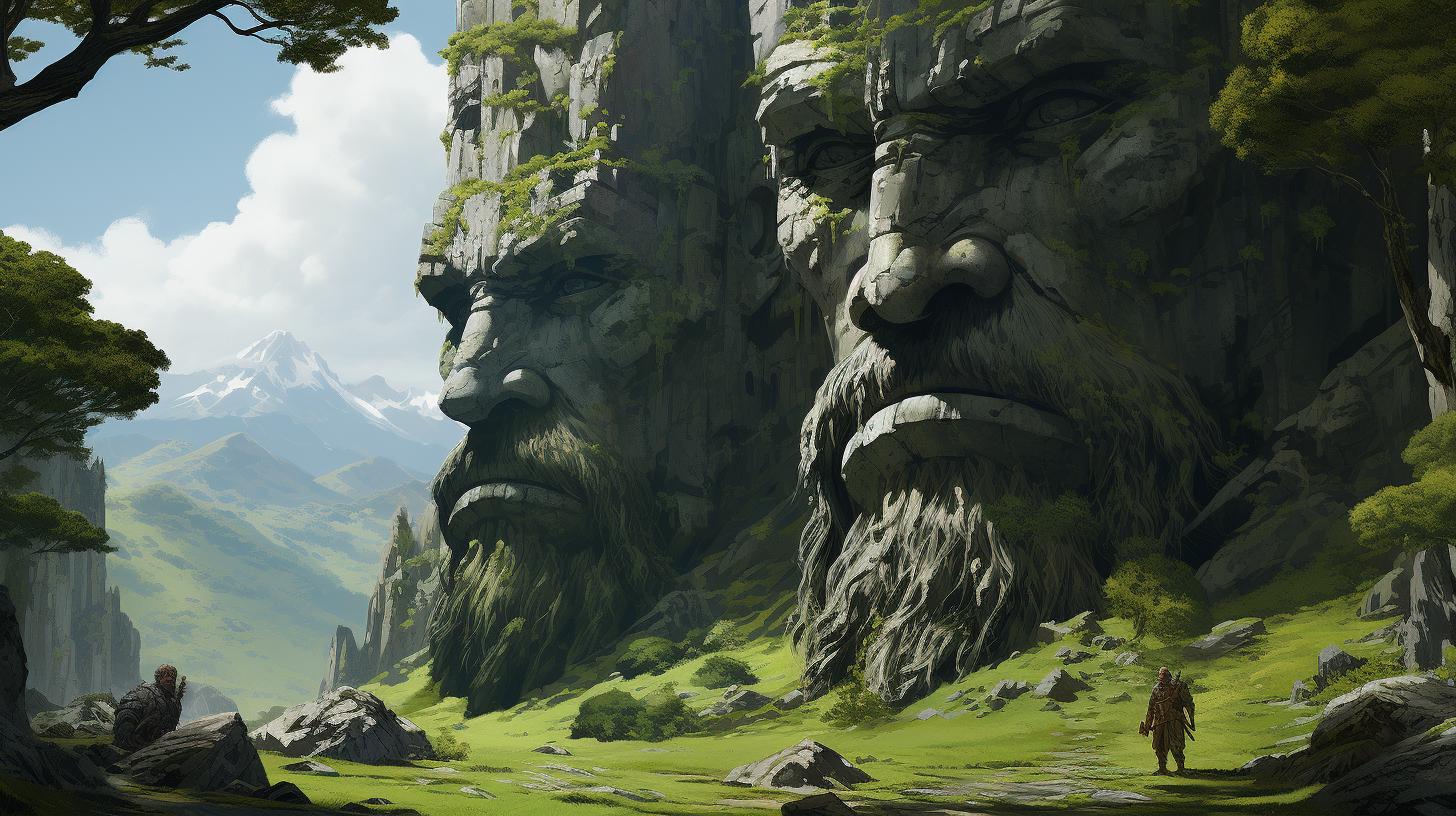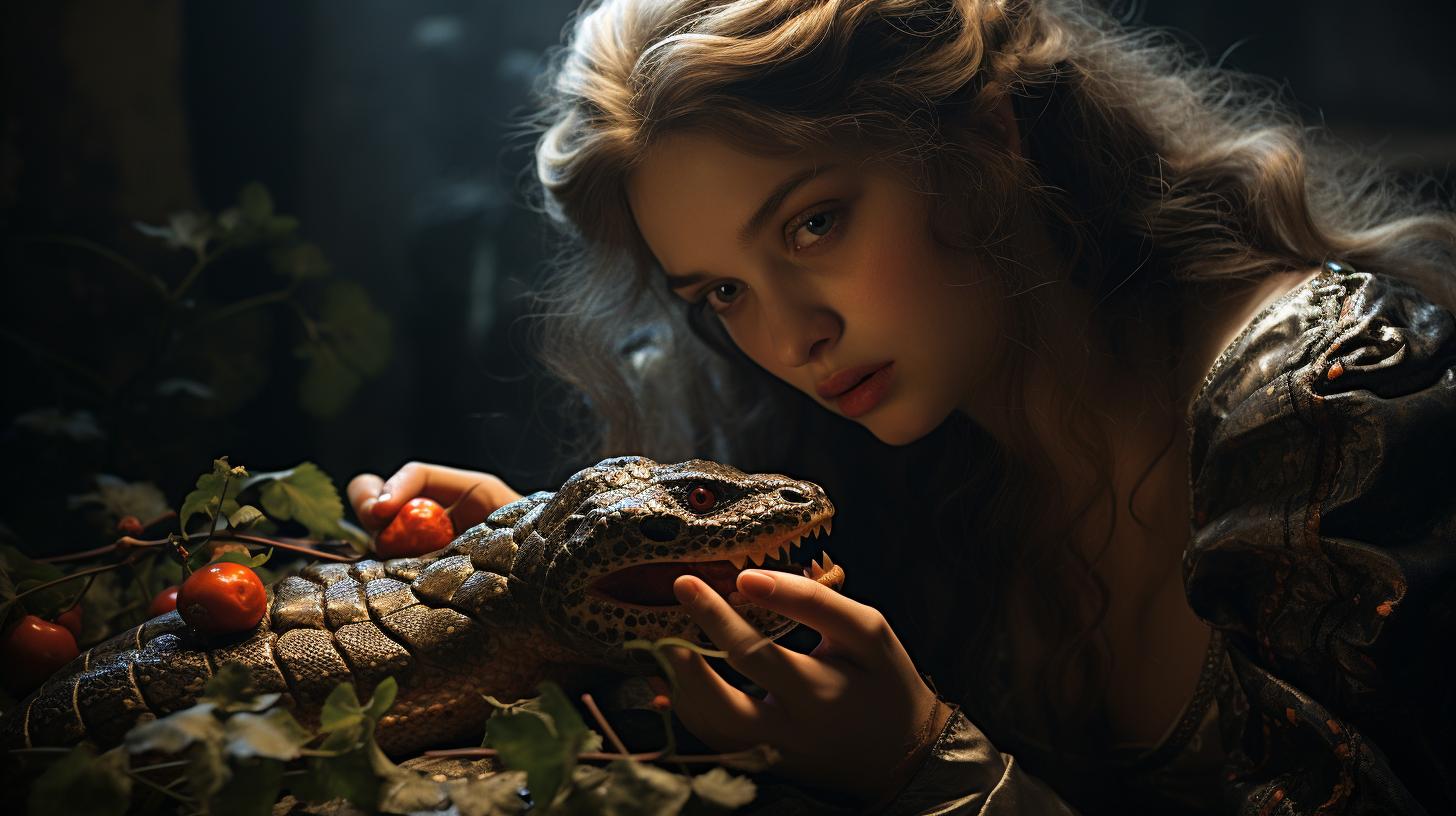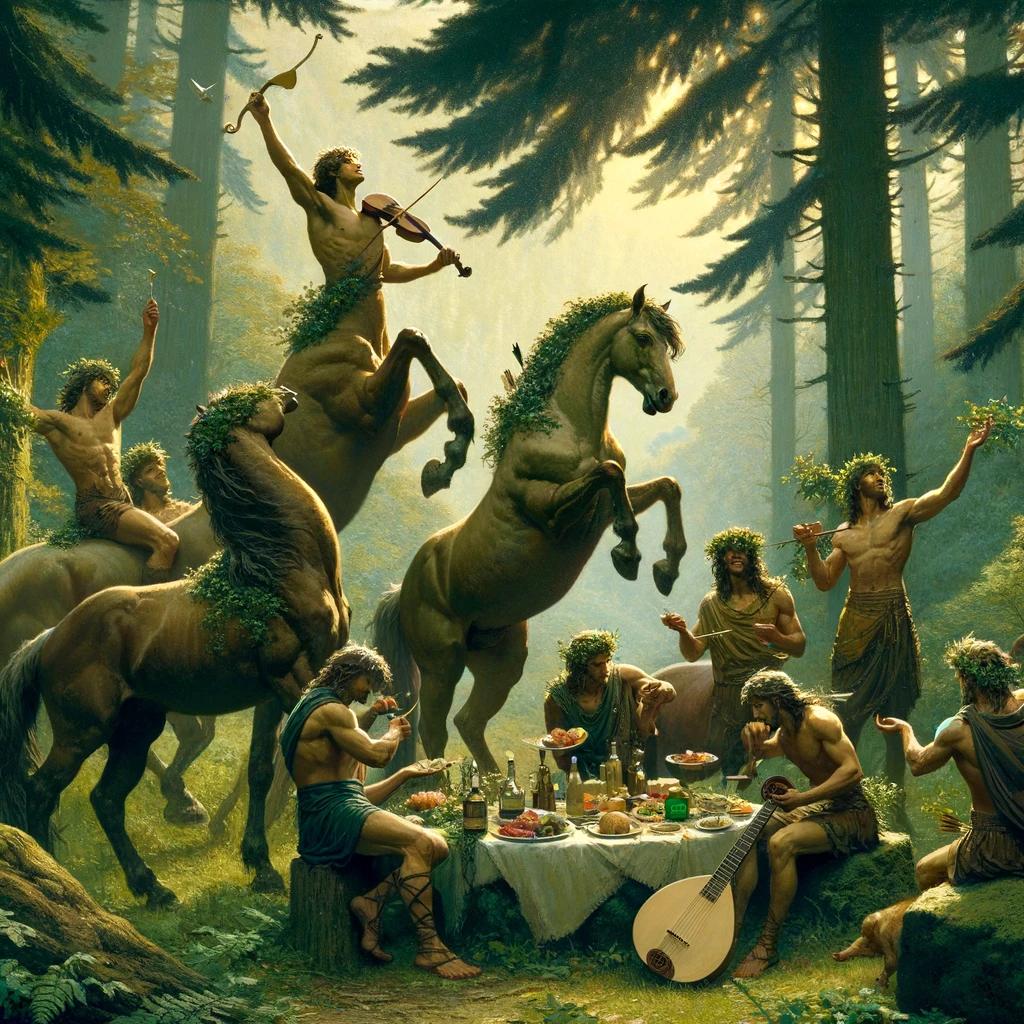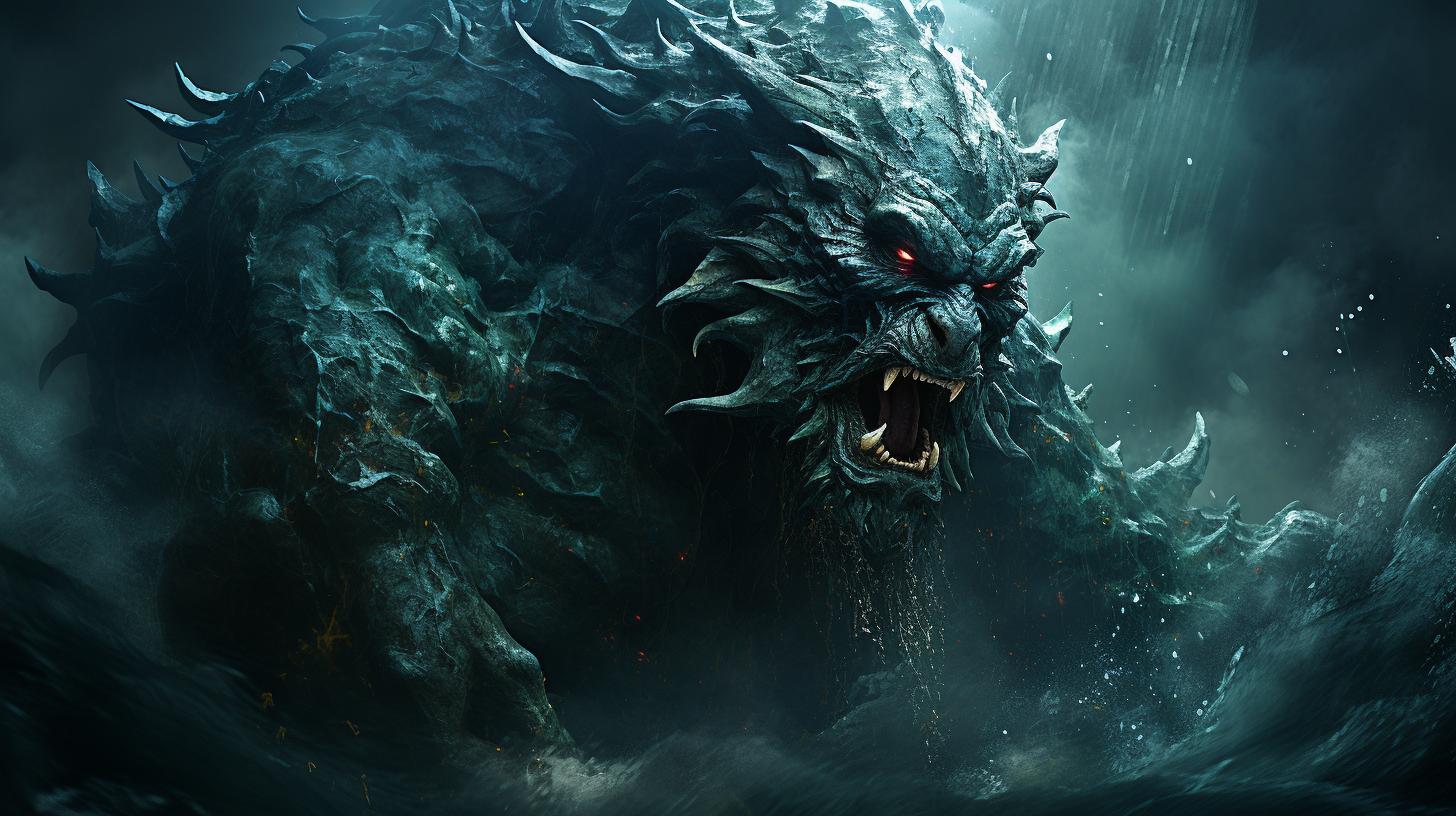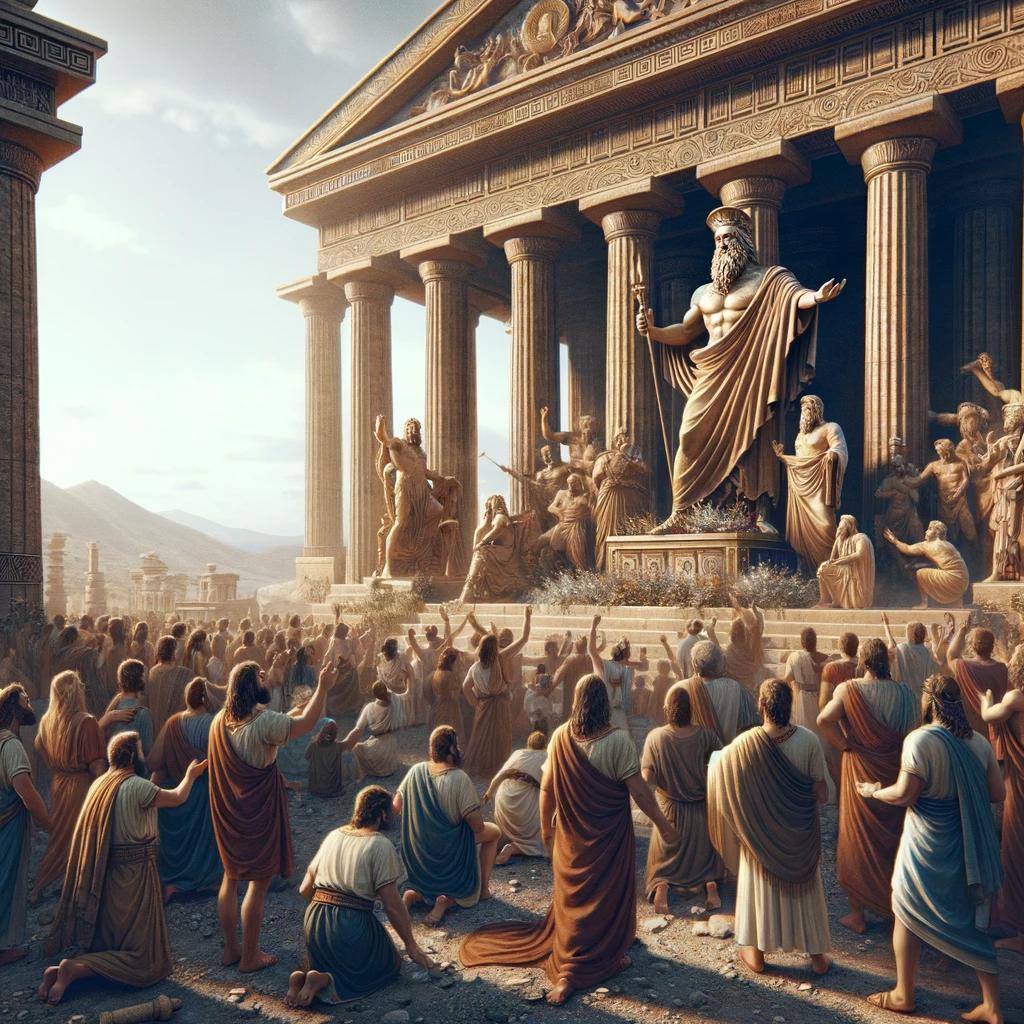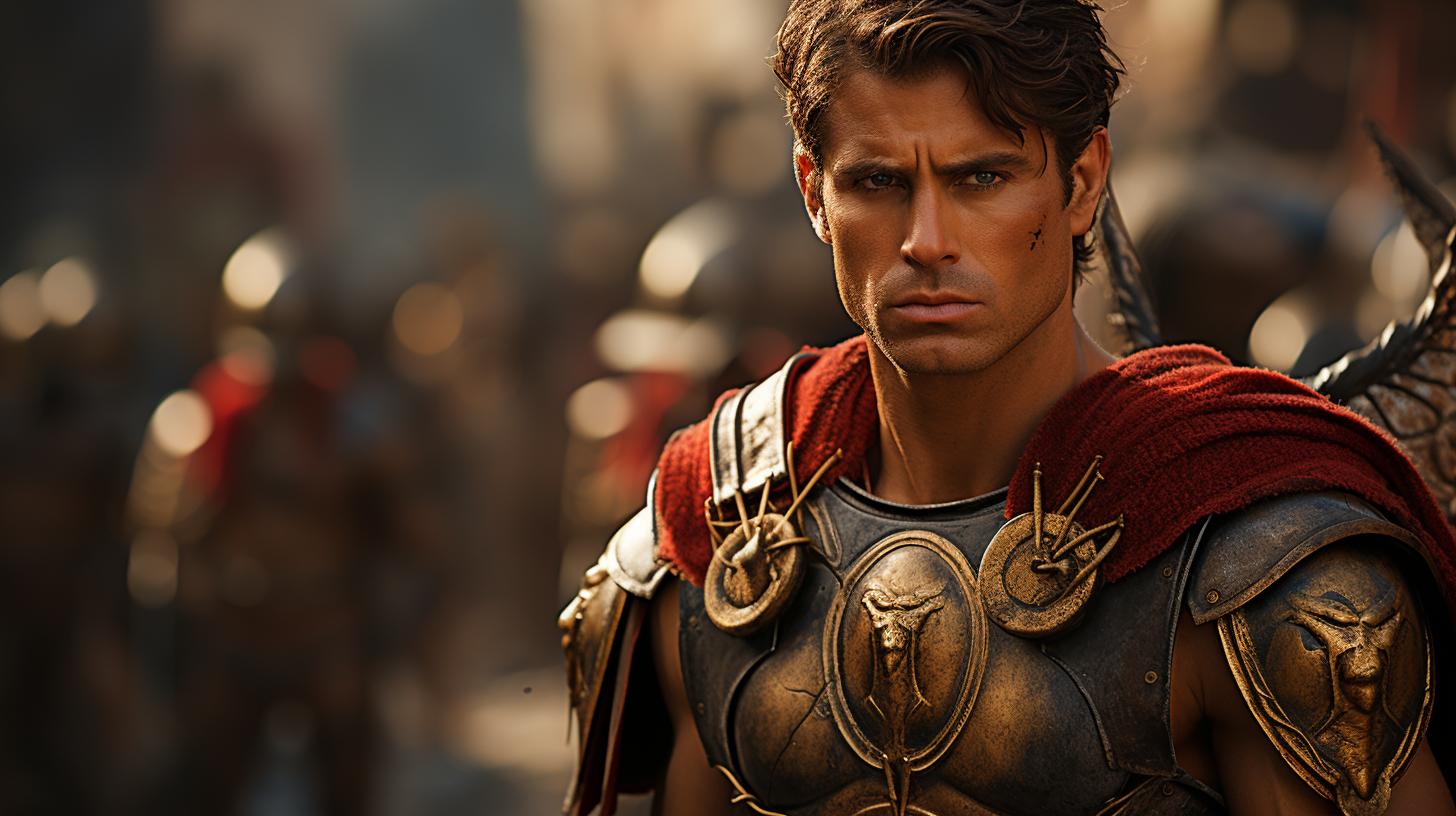Aloadae Greek Mythology: Tales of Mighty Titans in Greek Lore
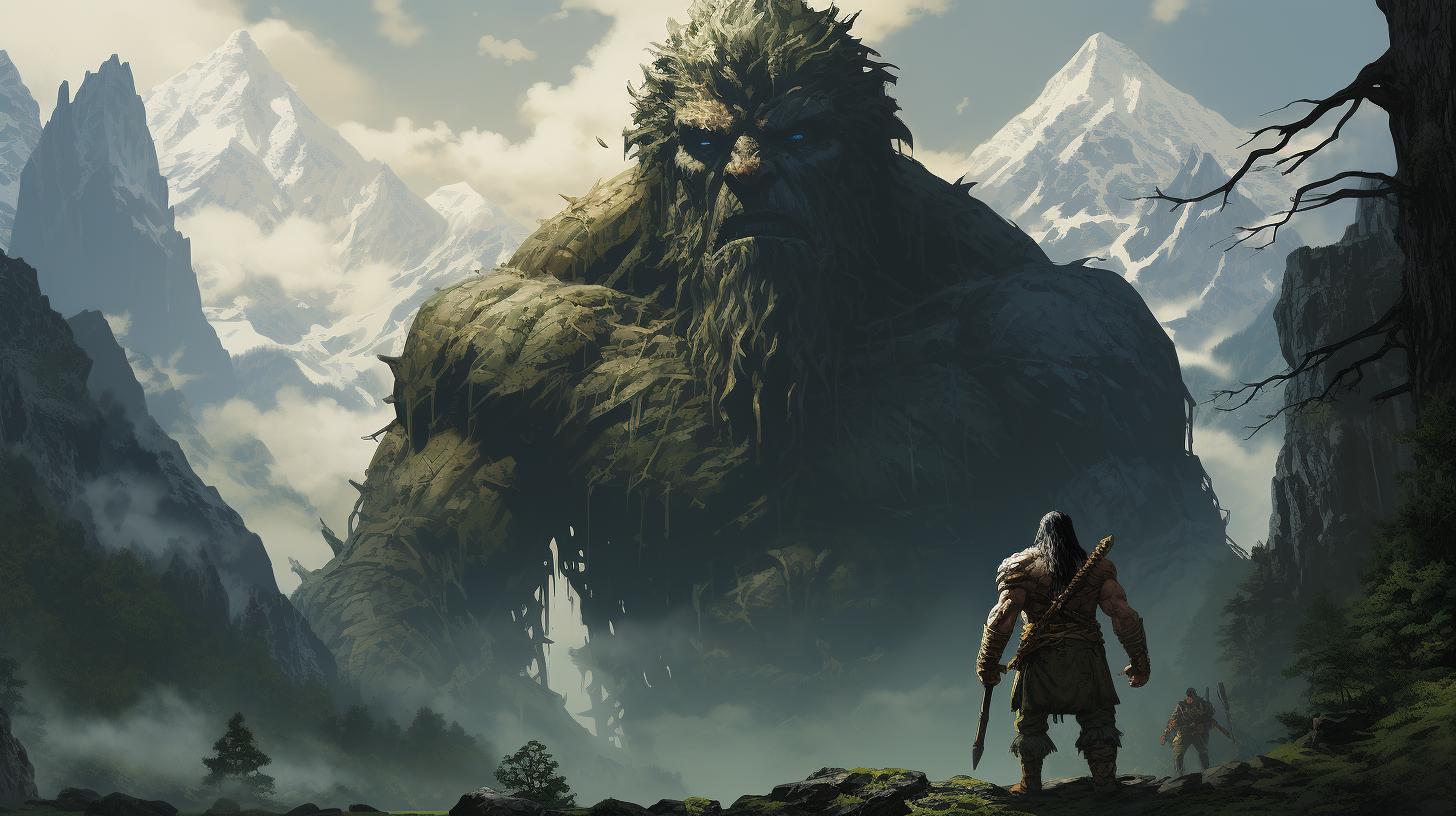
The Aloadae of Greek mythology were mighty twins, born from the union of Iphimedia, queen of Aloeus, and the god Poseidon. Known for their exceptional strength and stature, their audacious ambition led them to attempt conquering Mount Olympus.
However, their plans were thwarted by Apollo, resulting in their tragic fate. Another notable tale includes their capture of Ares, god of war, which was resolved through the intervention of Artemis. The Aloadae also played a role in introducing the cult of the Muses and left a lasting impact on Greek mythology, serving as a cautionary tale about challenging the gods.
The Legend of the Aloadae Twins
The Aloadae twins, Otus and Ephialtes, were born to Iphimedia, the queen of Aloeus, and the god Poseidon. Their extraordinary strength and size were apparent from a young age. By the time they were nine years old, they were already nine cubits wide and twenty-seven cubits tall.
Birth and Early Years
The Aloadae twins were the product of the union between Iphimedia and Poseidon. This divine parentage endowed them with extraordinary abilities and marked the beginning of their legendary journey. Despite their giant stature, they possessed the innocence and curiosity of youth.
Ambition: Conquering Mount Olympus
Fueled by ambition and a desire to challenge the gods, the Aloadae twins devised a daring plan to overthrow the Olympians. They sought to construct a mountainous pile composed of Mount Olympus, Mount Osa, and Mount Pelion.
This audacious endeavor was driven by their aspiration to claim Artemis as Otus’s wife and Hera as Ephialtes’s wife.
The Defeat by Apollo
Unfortunately for the Aloadae, their attempt to reach the heavens was thwarted by the god Apollo. Before the twins could complete their towering structure, Apollo intervened and defeated them.
According to Homer, Apollo vanquished them before they even reached maturity. This divine victory saved the gods from a potential war with the giants and put an end to the Aloadae’s grand ambitions.
Ares’ Capture and the Intervention of Artemis
In the epic tales of Aloadae Greek mythology, the twin giants set their sights on capturing Ares, the formidable god of war. Undeterred by the dangers that awaited them, they devised a cunning plan to imprison him and use his power to further their ambitions.
This captivating chapter in their legend is marked by two significant subthemes: the urn of imprisonment and the intervention of Artemis.
The Urn of Imprisonment
In their audacious quest to subdue Ares, the Aloadae successfully captured the god and sealed him away in a bronze urn. For thirteen long months, the mighty deity remained imprisoned, his battles silenced and his warrior spirit contained.
This act demonstrated not only the Aloadae’s immense strength, but also their relentless determination to defy the gods.
Artemis as a Peacemaker
Artemis, the goddess of the hunt and sister of Ares, intervened in the Aloadae’s reckless act. With wisdom and foresight, she proposed a peaceful resolution to diffuse the mounting tensions.
In a selfless act, Artemis offered herself as a bride to one of the twins, Otus, in exchange for Ares’ release. This unexpected turn of events showcased the diplomatic abilities of the divine and prevented further conflict and chaos among the gods.
Other Notable Tales of the Aloadae
While the Aloadae are primarily known for their audacious attempt to conquer Mount Olympus, there are other intriguing tales associated with these mighty twins.
Introduction of the Musas in Mount Helicon
An often overlooked aspect of the Aloadae’s story is their connection to the arts and creativity.
It is said that the Aloadae introduced the worship of the Muses to Mount Helicon in Beocia, a sacred place that became a hub for artistic inspiration and poetic expression.
Tragic End: Pursuit of Artemis
Their insatiable hunger for power and beauty led the Aloadae to pursue Artemis, the goddess of the hunt, in a tragic turn of events.
Taking the form of a deer, Artemis attempted to elude them, but they mistakenly struck each other with their javelins, resulting in their untimely deaths and sealing their fate.
These tales demonstrate the multi-faceted nature of the Aloadae’s influence in Greek mythology, showcasing their connection to both artistic expression and the devastating consequences of hubris.
Their story serves as a cautionary reminder of the dangers of challenging the divine order and the fragile boundaries that mortals face when reaching for godly power.
Legacy and Symbolism of the Aloadae in Greek Mythology
The Aloadae, with their audacious attempts to challenge the gods, left behind a lasting legacy in Greek mythology.
Their story serves as a cautionary tale, reminding us of the consequences of arrogance and the limits of human ambition.
Arrogance and Consequences of Challenging the Gods
The Aloadae’s ambition to conquer Mount Olympus and marry divine beings showcased their unparalleled arrogance. Their audacious plan to stack mountains and defy the gods demonstrated the extent of their delusion.
However, their defeat at the hands of Apollo served as a stern reminder that mortals cannot surpass the boundaries set by the divine.
Aloadae as a Warning in Human Ambition
The tale of the Aloadae serves as a symbolic warning about the dangers of unchecked human ambition.
Their insatiable desire for power and beauty led to their downfall, highlighting the need for humility and respect in the face of the divine. Their tragic fate stands as a reminder that mortals should not overstep their bounds but instead embrace their limitations.
With their excessive strength and unbridled desire for power, the Aloadae epitomized the dangers of challenging the divine order. Their legacy continues to resonate, reminding us to approach ambition with caution and humility.
Interpretations and References in Ancient Texts
The Aloadae have left an enduring impact on ancient texts and have been mentioned in various works. These references provide insight into the cultural significance and interpretations of the Aloadae in Greek mythology.
Homer’s Odyssey
In Homer’s Odyssey, the Aloadae are mentioned briefly in Book XI during Odysseus’ encounter with the souls of the dead. Odysseus witnesses the punishment of the Aloadae in the Underworld, highlighting their defiance of the gods and the consequences they faced for their audacious challenge to Olympus.
Other Accounts by Pausanias and Diodorus Siculus
Other ancient authors, such as Pausanias and Diodorus Siculus, provide additional insights into the Aloadae myth. Pausanias echoes Homer’s portrayal of the twins’ punishment in the Underworld, emphasizing their arrogance and disregard for divine authority.
Diodorus Siculus expands on the Aloadae’s failed attempt to scale Mount Olympus and their subsequent defeat by Apollo. His account underscores the theme of hubris and the limits mortals face when challenging the gods.
These accounts contribute to a deeper understanding of the Aloadae’s significance in Greek mythology, highlighting their cautionary tale and the enduring fascination they held for ancient writers and audiences.
The Aloadae in Greek and Roman Culture
The Aloadae, with their compelling mythology, have left a lasting impact on Greek and Roman culture.
Their iconic story has frequently been depicted in various forms of art throughout history.
Depictions and Representations in Art
The Aloadae’s powerful presence and their audacious attempt to challenge the gods have inspired many artists. They have been depicted in sculptures, paintings, and reliefs, showcasing their immense size and strength.
These artistic representations often emphasize their towering stature, muscular physique, and determination.
Artists have also captured the moment of their defeat by Apollo, highlighting the clash between divine power and mortal ambition.
These artworks serve as visual reminders of the consequences of challenging the gods and the limits of mortal strength.
Influence on Literature and Poetry
The Aloadae have frequently appeared in ancient literature and poetry, becoming popular subjects for epic tales and heroic narratives. Their ambitious quest to scale Mount Olympus and their encounters with various gods have provided rich material for storytellers.
Their story has been woven into the works of renowned writers, including Homer, Pausanias, and Diodorus Siculus. These ancient texts explore the themes of hubris, divine intervention, and the tragic fate of the Aloadae.
Through their poetic and prose descriptions, these writings keep the legend of the Aloadae alive in the collective imagination.
The Aloadae’s tale has also influenced later literary works, serving as a cautionary tale about the consequences of challenging the gods and the pursuit of power.
Their story continues to resonate with modern writers, highlighting timeless themes of ambition, fate, and the boundaries between mortals and the divine.
Key Points:
- The Aloadae have been depicted in various forms of art, including sculptures, paintings, and reliefs.
- Artistic representations emphasize their towering size, muscular physique, and determination.
- Their defeat by Apollo is a frequent motif, symbolizing the clash between mortal ambition and divine power.
- In literature and poetry, the Aloadae’s story has been immortalized in works by Homer, Pausanias, and Diodorus Siculus.
- These ancient texts explore themes of hubris, divine intervention, and the tragic fate of the Aloadae.
- The Aloadae’s tale continues to inspire modern writers, addressing themes of ambition, fate, and the limits of mortal endeavors.
Aloadae in Modern Culture: Their Impact and Lessons
Popularity and Adaptations in Contemporary Media
The legend of the Aloadae twins continues to captivate audiences in modern culture. Their tale has been adapted and referenced in various forms of media, including literature, film, and art. Popular books and novels have explored their ambitious quest and the consequences they faced for challenging the gods.
Films and television series have also depicted their epic battle with Apollo and their tragic pursuit of Artemis. Additionally, their story has inspired artists to create stunning visual representations of their towering figures and mythological feats.
Lessons Learned from the Aloadae’s Tragic Fate
The Aloadae’s story serves as a cautionary tale, reminding us of the consequences of arrogance and overreach. Their relentless pursuit of power and beauty ultimately led to their downfall and demise.
Through their tragic fate, we learn the importance of humility and respecting the boundaries set by the gods. The Aloadae’s ambition serves as a powerful reminder to embrace our human limitations and avoid challenging the divine order.
Their legend reminds us of the dangers of unchecked desires and the potential destruction that can arise from defying higher powers.
.

